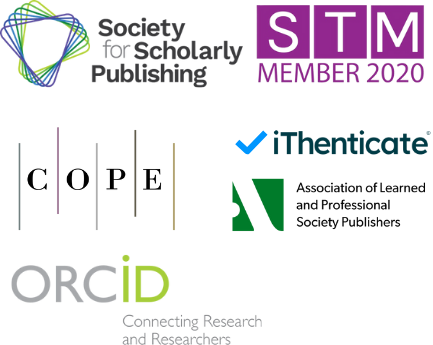Research on the Mathematical Model of Fairness of Educational Resources
DOI:
https://doi.org/10.5281/zenodo.15534607Keywords:
educational resources, fairness, research on mathematical modelsAbstract
The equitable distribution of educational resources has become a key focus in global education development. While advanced technologies such as artificial intelligence provide tools for data analysis and decision-making, their integration into educational planning raises challenges in fairness assessment. This paper aims to address the limitations of traditional evaluation methods by proposing a quantitative model that captures the complexity and heterogeneity of educational ecosystems. A multi-dimensional framework is introduced, supported by optimization algorithms and fairness indicators, to enhance the transparency and effectiveness of educational resource allocation.
References
1. R. W. Thomas, “Developments in mathematical programming models and their impact on the spatial allocation of educational resources,” Prog. Hum. Geogr., vol. 11, no. 2, pp. 207–226, 1987, doi: 10.1177/030913258701100203.
2. H. Jung and M. H. Wickstrom, “Teachers creating mathematical models to fairly distribute school funding,” J. Math. Behav., vol. 70, p. 101041, 2023, doi: 10.1016/j.jmathb.2023.101041.
3. Y. Dede, V. Akçakın, and G. Kaya, “Mathematical, mathematics educational, and educational values in mathematical modeling tasks,” ECNU Rev. Educ., vol. 4, no. 2, pp. 241–260, 2021, doi: 10.1177/2096531120928089.
4. J. Lv, “Investigation on the management of college performance pay with linear programming and mathematical statistics,” J. Comput. Methods Sci. Eng., vol. 23, no. 6, pp. 3007–3026, 2023, doi: 10.3233/JCM-226998.
5. R. Yao, G. Zhang, Y. Wang, and R. Bie, “Design of teaching material evaluation incentive mechanism based on Game Theory,” Procedia Comput. Sci., vol. 202, pp. 47–54, 2022, doi: 10.1016/j.procs.2022.04.007.
6. K. C. Ang, Mathematical Modelling for Teachers: Resources, Pedagogy and Practice. London, U.K.: Routledge, 2018. ISBN: 9781351247979.
7. R. Q. Berry III, B. M. Conway IV, B. R. Lawler, and J. W. Staley, “Lessons to explore, understand, and respond to social injustice,” Math. Teach. Learn. Teach. PK-12, vol. 113, no. 9, pp. e34–e36, 2020, doi: 10.5951/MTLT.2020.0152.
8. P. L. Seegmiller, “Social justice mathematical modeling for teacher preparation,” Ph.D. dissertation, Dept. Math. Stat., Utah State Univ., Logan, UT, USA, 2020, doi: 10.26076/1d54-65e3.
9. Ö. Ş. Akpunar and Ş. Akpinar, “A novel mathematical model with fairness constraints for uninterrupted network coverage in disasters,” J. Netw. Syst. Manag., vol. 33, no. 2, pp. 1–30, 2025, doi: 10.1007/s10922-025-09914-3.
10. L. Gonzalez, “Teaching mathematics for social justice: Reflections on a community of practice for urban high school mathe-matics teacher,” J. Urban Math. Educ., vol. 2, no. 1, pp. 22–51, Aug. 2009, doi: 10.21423/jume-v2i1a32.
Downloads
Published
Issue
Section
License
Copyright (c) 2025 Xintong Hu (Author)

This work is licensed under a Creative Commons Attribution 4.0 International License.



